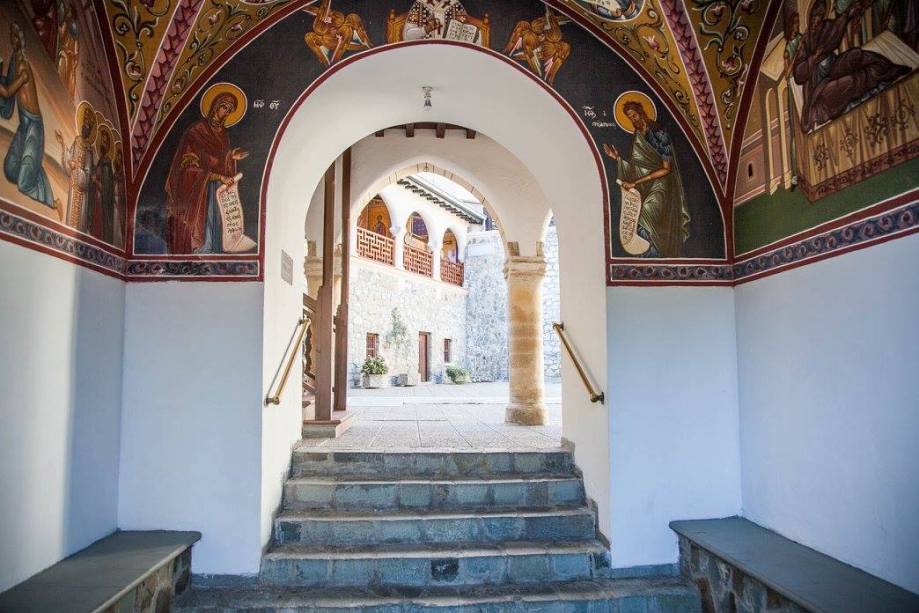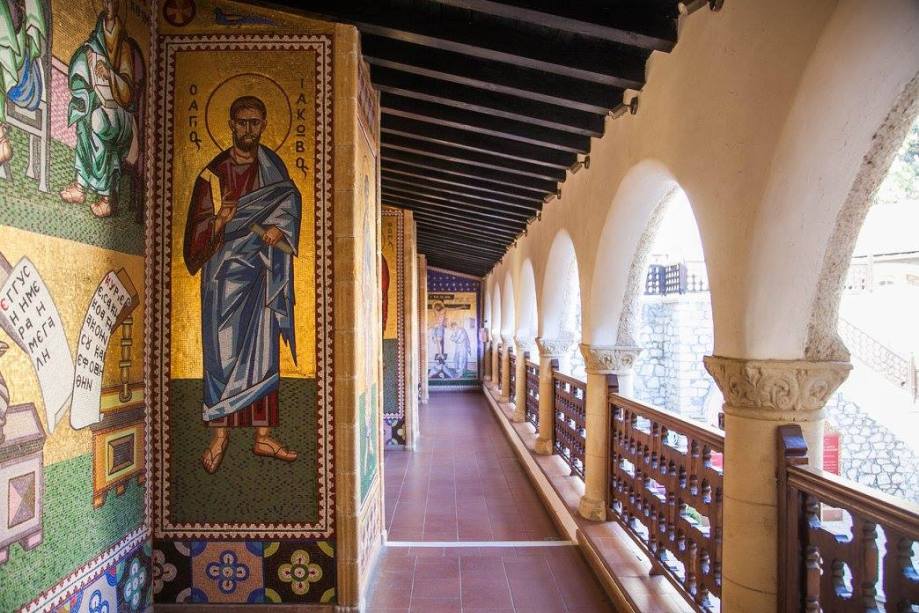I was planning to keep this blog up-to-date, but I started working recently (I initially thought I was going to be a stay-at-home expat wife), so have again neglected this blog. It has almost been two months since we visited Cyprus, but here is my final post.
So we spent a wonderful day exploring the Akamas Peninsula. We were extremely lucky with the weather during the time we spent in Cyprus. It was the end of November, but we had incredibly sunny days and the temperature on the coast was a nice 22 degrees celsius. The water was the same temperature, so we also stopped at one of the bays for a swim. Although it was a tad windy, as you can see in the photo below, we could not have wished for better weather.
The bays along the Akamas Peninsula are beautiful, and in November, you can spend a day relaxing by the water and not run into anyone. There were a few people walking along the path from the Baths of Aphrodite to the Blue Lagoon, and one or two other people on quadbikes, but you still felt as though you had the place to yourself.
We headed back to our accommodation in Drousia in the late afternoon. On our way we drove through some of the small rural roads around the village and got some beautiful golden-hued shots of the vineyards and surrounding countryside. The town of Drousia has a population of about 400 people, which swells during the summer months. But in the low season, you can see the locals going about their daily business, tending their fields and wandering through the narrow streets of the village.
We left Cyrpus being very impressed with the country. We spent four fantastic days exploring the southern half of Cyprus. We would like to go back and visit the northern, Turkish administered part of Cyprus some day.
I’m heading to Tanzania next week, so stay tuned for some post from Serengeti National Park, Ngorongoro Crater and other places in Tanzania. I will also be updating my blog to include a few other places we have visited in Oman over the last few months.


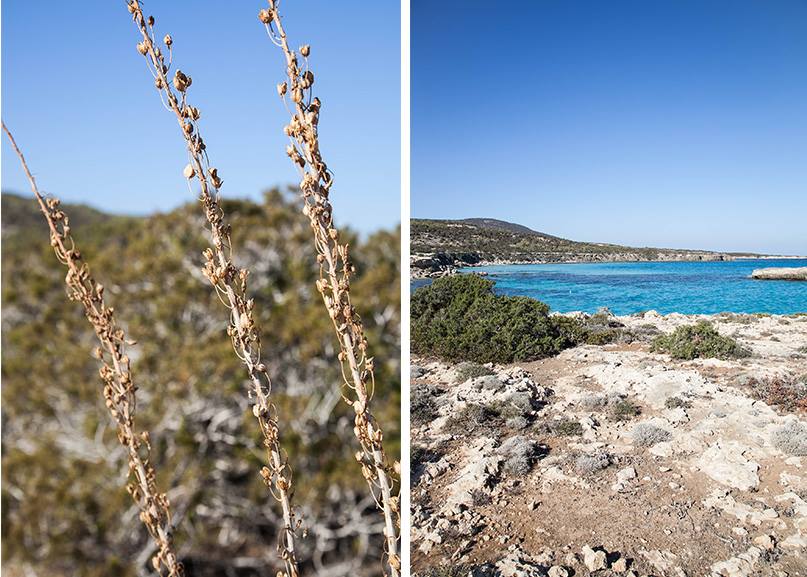

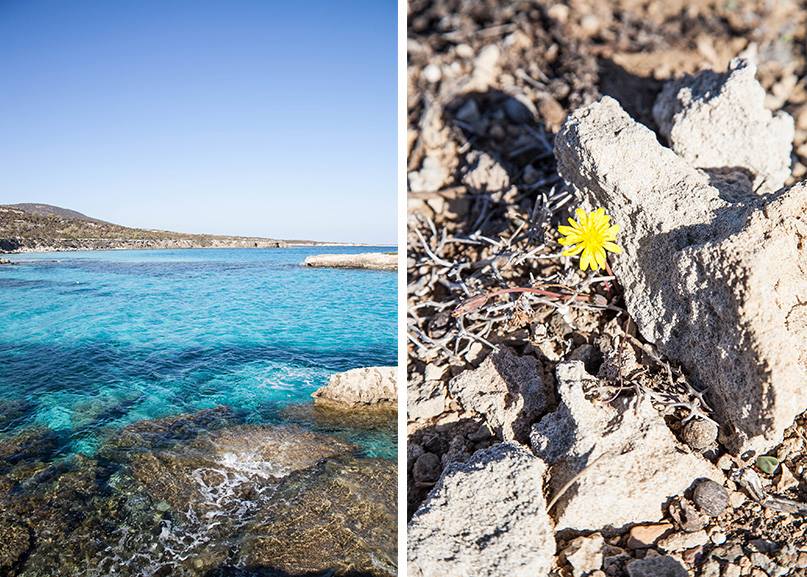














Essentials
Stay:
We stayed at KTIMA 1937 Kannides (booked on Airbnb) which is a traditional house which has been renovated and converted into five apartments. It was simple and cosy and less than an hour’s drive to the Akamas Peninsula. There is also a new hotel in Drousia, called Dorusia Heights Hotel, for those who are after a bit of comfort and style.
Eat:
Not wanting to venture out too far, we walked down the road from our accommodation and had dinner at Christo’s Tavern. It is run by a lovely husband and wife team and feels like an extension of their home, with simple furniture and a fire place blazing in the winter months. There is no menu, just what’s available on the day.




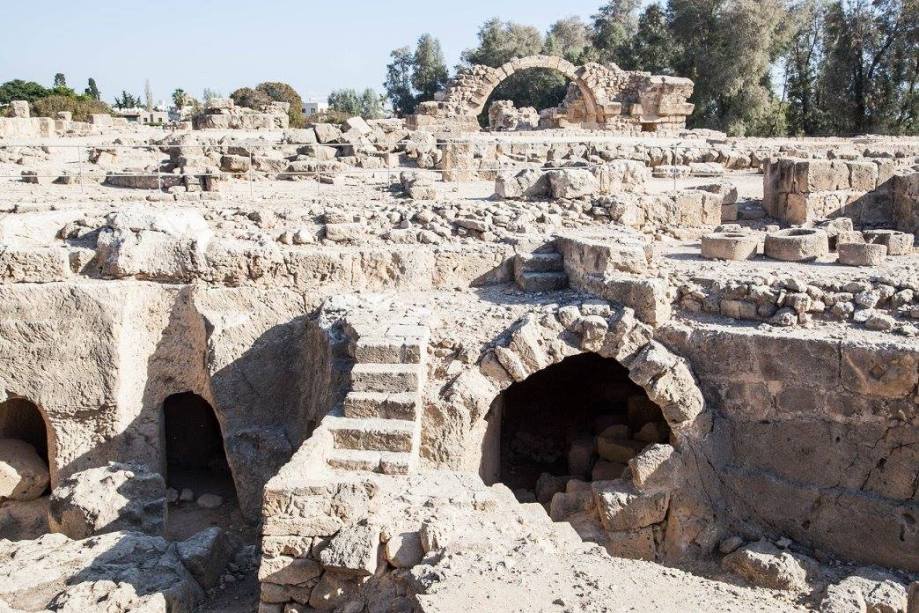
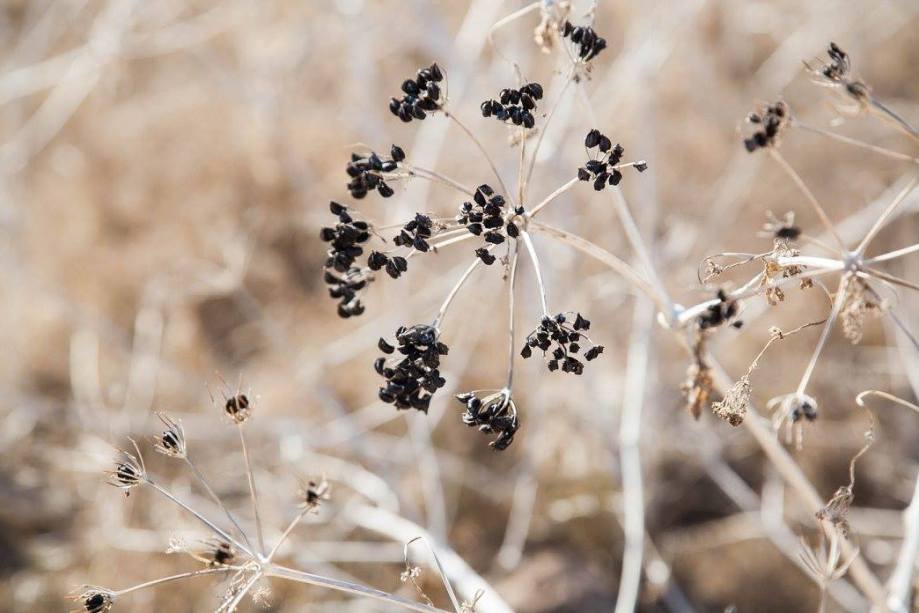









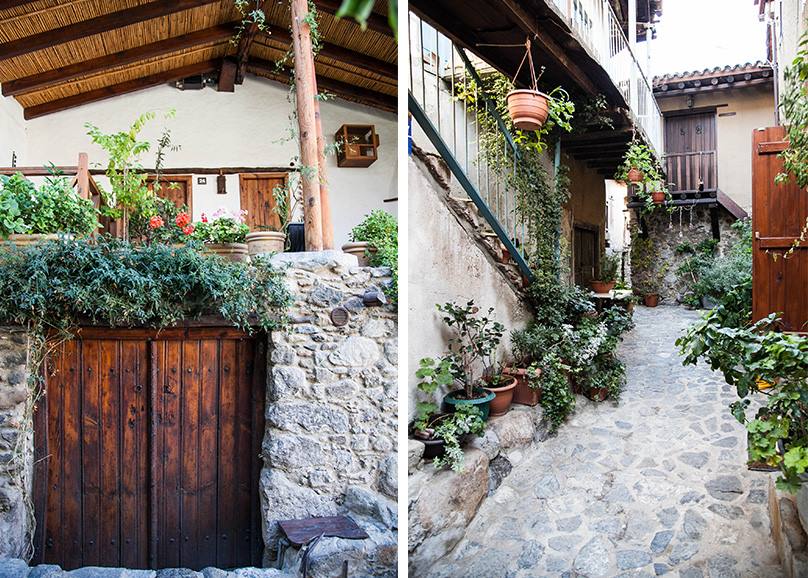






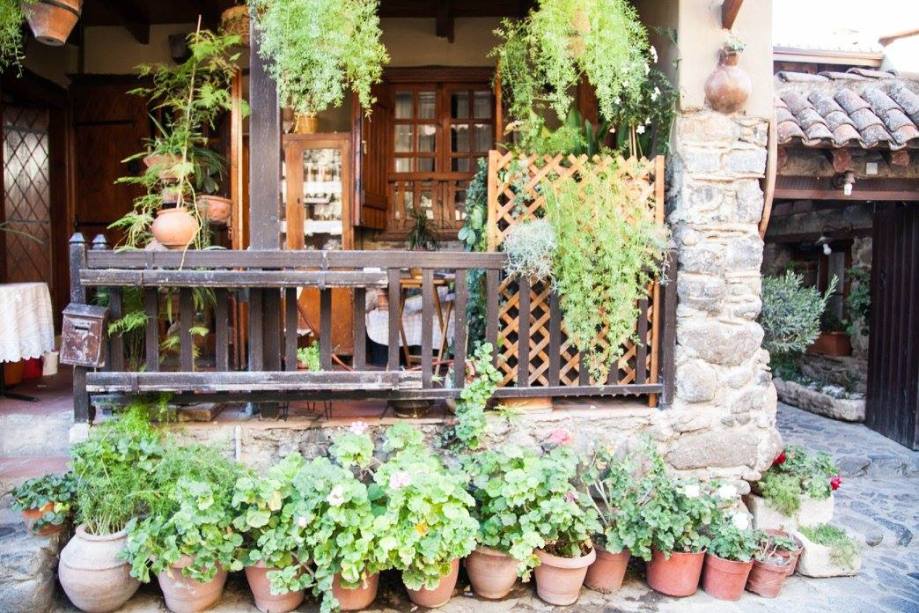







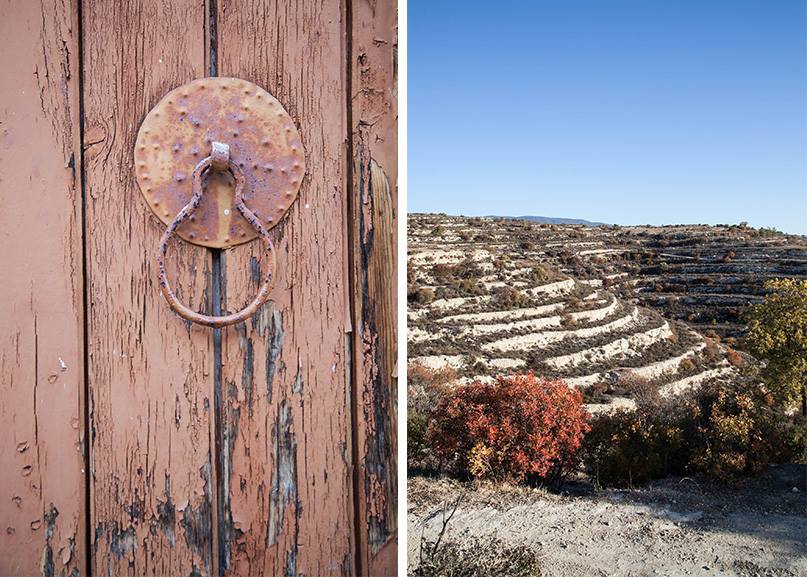

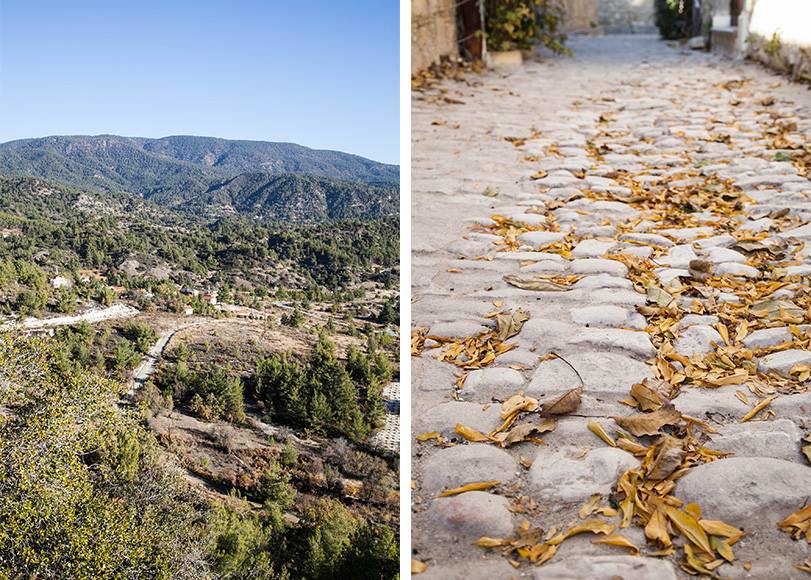






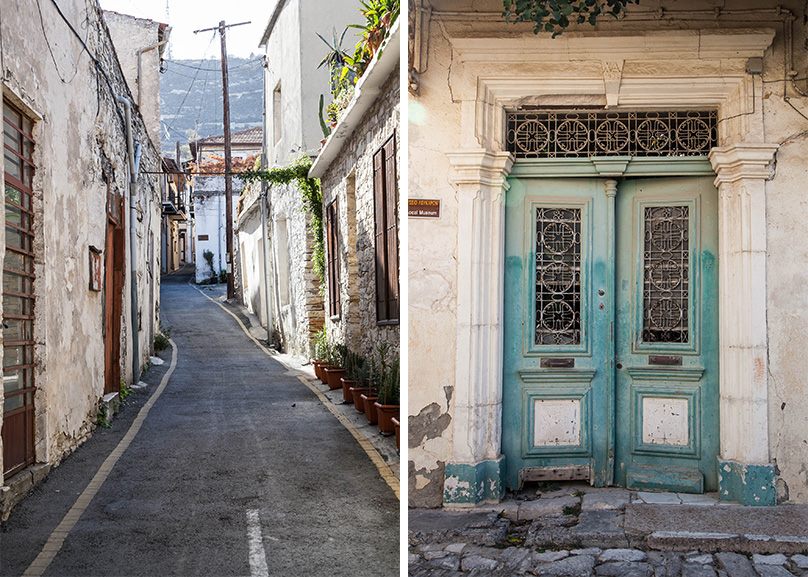







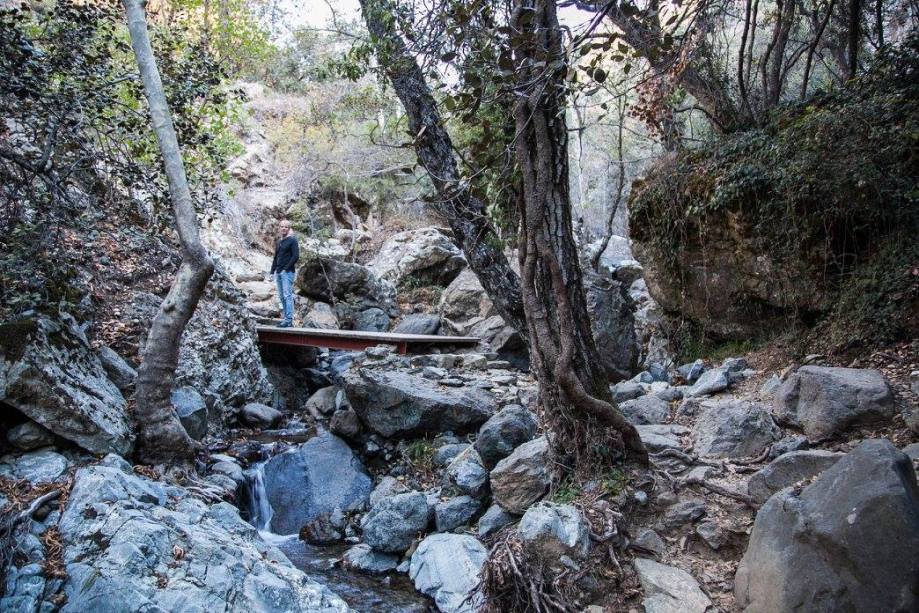

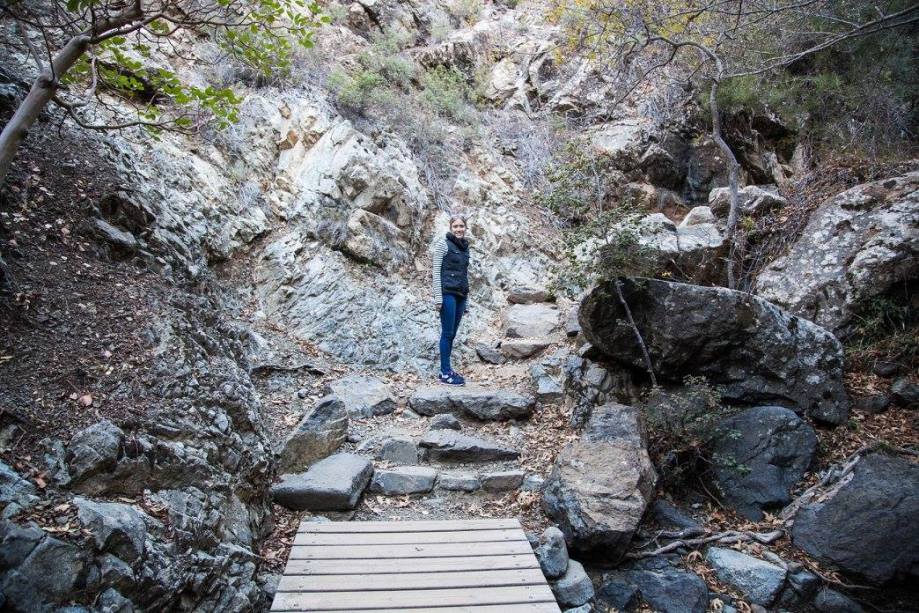






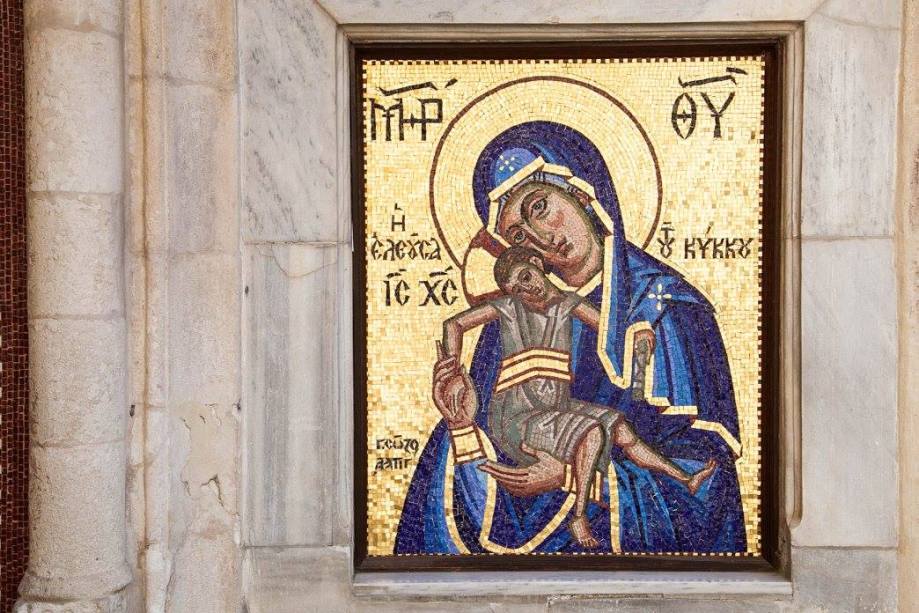





 \
\